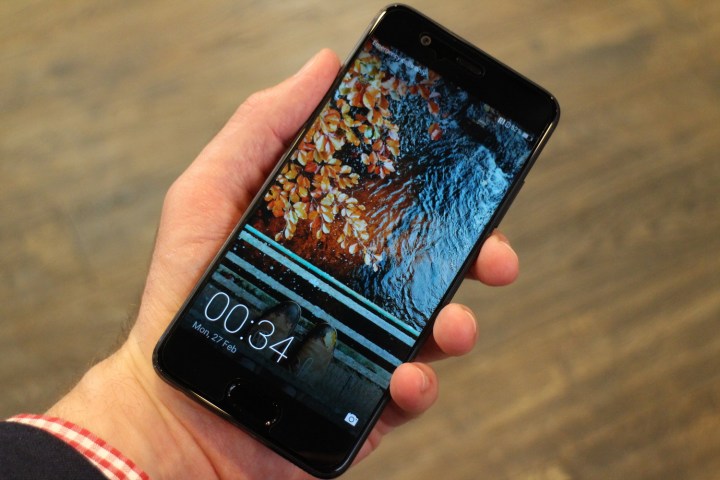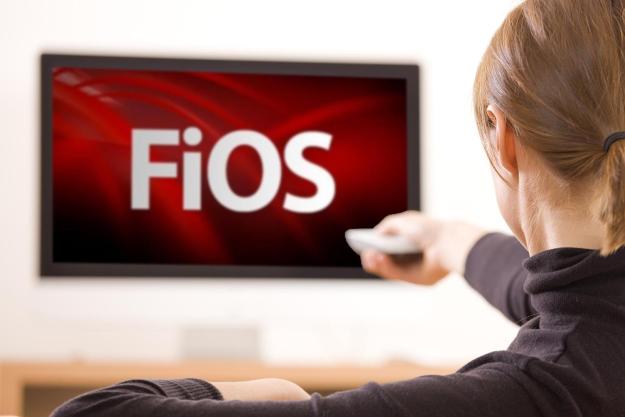
Waterproof phones are now the standard
Water resistance is fast becoming a fixture on the flagship spec sheet — and it’s about time. Ever since Sony launched the Xperia Z line with water resistance as a heavily marketed, prominent feature, we’ve been wanting to see it in every phone. Its place in the public eye was really cemented by Apple’s iPhone 7 and Samsung’s Galaxy S7 last year.
There hasn’t been much talk about it at MWC, and that tells us that it has graduated from feature to expectation. Our show winner at MWC 2017 was the LG G6, and it’s an IP68-rated smartphone, which means that it can survive a dunk in up to 1.5 meters of water for up to 30 minutes without sustaining any damage. Sony’s XZ Premium is also an IP68 phone, and the Huawei P10 has an IPX2 rating, which means it can handle rain and spills. None of this was advertised during the unveiling of these phones.
A full 95 percent of all phones that cost more than $600 now have some form of water protection. Even cheaper devices are getting in on the water-resistance act. The Moto G5 Plus, in keeping with all Moto phones for the last few years, has an IPX2 rating.
Water damage is still the second-biggest cause of smartphone failure. According to IDC, nearly 900,000 smartphones get damaged by liquids every single day at an annual cost of more than $96.7 billion, and most of that cost is borne by regular people. No wonder that water resistance came in third in a recent YouGov poll of most-wanted features in the U.S. market. If this year’s MWC is anything to go by, it looks like manufacturers are listening, and water resistance is a trend that’s going to stick.
– Simon Hill
TV display tech is coming to phones
If you watch video on your phone, then you’re one of the growing number of people who do so. Statistics show video makes up more than half of all mobile device data traffic, and will reach nearly 80 percent by 2021, so it makes sense for smartphone makers to provide the best viewing experience possible. However, rather than just giving us a colorful AMOLED display and plenty of pixels, the same tech that’s being introduced on the latest televisions is now being used to enhance the image on our phones even further.
LG has made the largest effort in this area so far. The LG G6 uses DolbyVision and HDR 10 technology to impressive effect. Playing compatible video showed considerably more detail in the shaded areas, clearer lighting effects, and brighter, higher-contrast colors. That, along with the 5.7-inch, 2560 x 1440 pixel, 18:9 aspect ratio display, makes the G6 surprisingly cinematic. Sony is also using HDR technology on the Xperia XZ Premium. When watching the same movie played back on it and the older Z5 Premium, the difference between the two was striking. Both played 4K video, but the XZ Premium’s HDR image was brighter, more colorful, and had wider viewing angles.
Both LG and Sony also produce television screens, so they have greater access to this new technology than some other manufacturers — but we’d expect Samsung to follow soon, and to see more examples from companies that get their screens from Sharp, Japan Display, and other dedicated panel makers in the future.
– Andy Boxall
No more wearables (especially for women)
It seems like just yesterday that everyone was saying wearables were the next big thing. Tech shows were once crowded full of “Me, too!” fitness bands and Android Wear smartwatches. But this year, we’ve only seen one company launch a respectable wearable at MWC 2017. As wearables flounder about, looking for a purpose and a price point that works, one trend has dominated the wearable world: sporty smartwatches for men.
Huawei’s Watch 2 Classic and Sport models both follow in the footsteps of the sporty masculine style we’ve seen on the LG Watch Sport, the Samsung Gear S3, and more. The only somewhat feminine smartwatch we’ve seen this year is the LG Watch Style, but it’s a dumbed-down Android Wear device that’s missing basic essentials that have been on the Apple Watch for a year or so: NFC for payments and GPS tracking.
No woman who’s looking for a smartwatch wants either of the two alternatives. Bulky sporty watches are uncomfortable to wear and look completely absurd, while the vaguely pretty, dumbed-down versions don’t serve up the tech we expect from a smartwatch.
The lack of attractive, useful wearables for both men and women is a concern. It’s a negative trend that we hope doesn’t continue.
– Malarie Gokey
Nostalgic tech is king
Nokia/HMD Global and BlackBerry’s press conferences seem to have overshadowed many other smartphone announcements at Mobile World Congress this year. That’s weird because it’s 2017, not 2007. Both of these brands are supposed to be well past their peak popularity.
BlackBerry’s whole show was about its KeyOne smartphone that features a QWERTY keyboard — and it generated a lot of attention on social media. HMD only spent the last five minutes of its conference on the reintroduction of Nokia’s 3310 feature phone. It clearly wasn’t its most important announcement, yet it seemed to make the biggest waves. Forget bezel-less screens — Snake seemed to have captured more interest.
Both devices are hardly going to mount a challenge in the smartphone market as they fill a niche market, though the Nokia 3310 may be a popular gadget gift (if it’s ever available in the U.S.), as it only costs 49 euros ($52). But the 3310 in particular has quite a number of features people would kill to have in a phone — a monthlong battery on standby mode, a light weight and compact size, and a durability that means nothing will happen if you drop it.
Who knows if these popular announcements will lead other companies to reintroduce old devices to market (Palm Pilot, anyone?), but we hope it inspires smartphone manufacturers to fix some of the existing issues with our phones today.
– Julian Chokkattu
The home button is dead, but the headphone jack is here to stay (for now)
Last year, the audio jack-free iPhone 7 seemed certain to be the harbinger of a wireless future. That to an extent has been true — Lenovo opted to omit a jack from its Moto Z series, and HTC’s Bolt and U Ultra shipped with USB Type-C headphones instead of 3.5mm models. But whether spurred by consumer backlash or simple economics, jack-free smartphones aren’t a trend that’s caught on.
At MWC, every major manufacturer’s new phones include a 3.5mm port. HMD Global’s BlackBerry KeyOne has a headphone jack, as does the new Nokia 8, Nokia 5, Nokia 3, and even the low-tech Nokia 3310. Huawei’s new P10 has one, and so do LG’s G6, Motorola’s G5 and G5 Plus, and ZTE’s Blade V8 Pro. Even Sony’s forward-looking Xperia XZ Premium, which boasts a 4K screen and HDR, features a headphone port prominently in the upper-left corner.
If the iPhone 7’s lack of a headphone jack’s prompted anything, it was growth in the wireless headphone market. But when it comes to smartphones, manufacturers by and large aren’t picking up what Apple’s putting down.
Interestingly, that reluctance to let go hasn’t extended to a longtime smartphone hallmark: The physical home button. This year, all of the major smartphones announced at MWC have soft keys, or navigational buttons that take up a slice of the screen. With the Galaxy S8 and next iPhone on the horizon, both of which are rumored to ditch the physical home button in favor of digital equivalents, the timing couldn’t be more conspicuous.
– Kyle Wiggers
Editors' Recommendations
- Honor pulls the Magic4 Pro out of its hat at MWC 2022
- GSMA confirms Ericsson pulling out of MWC could have further impact on the show









